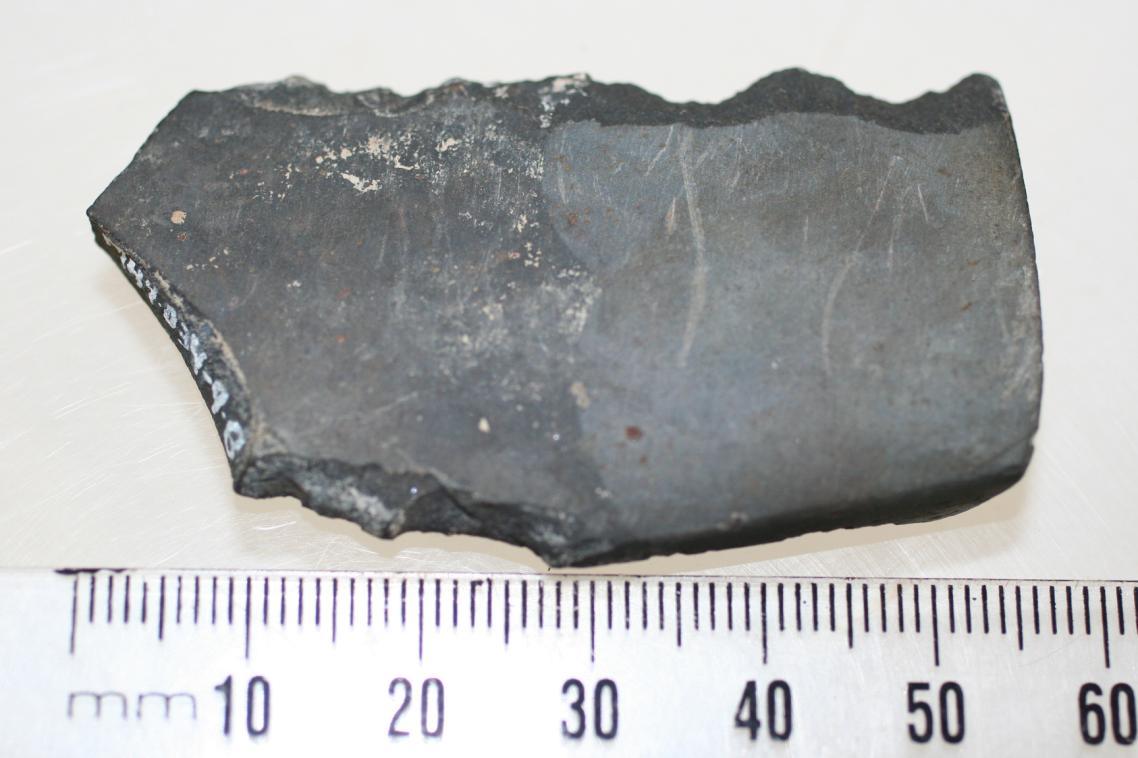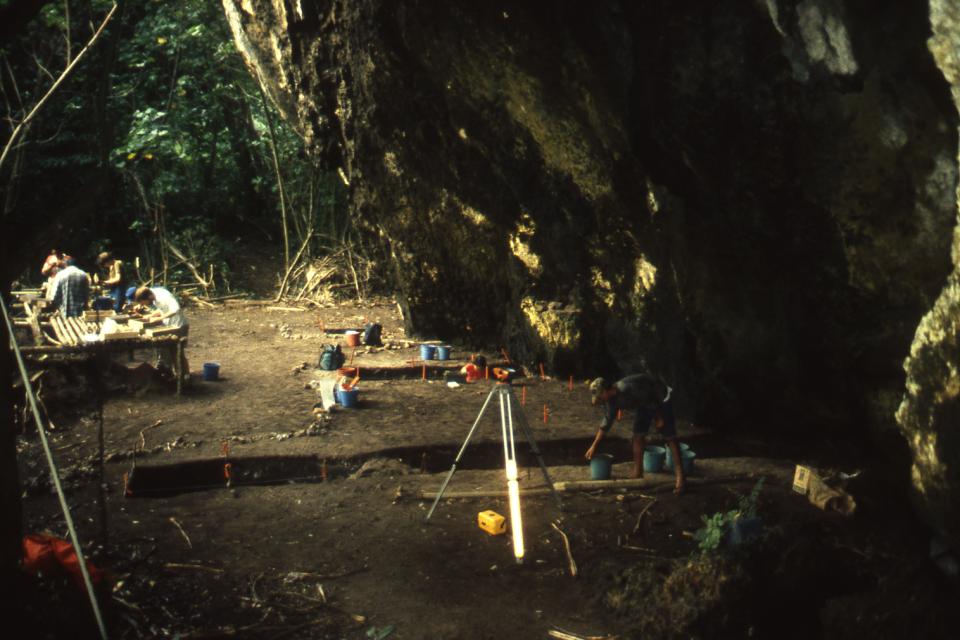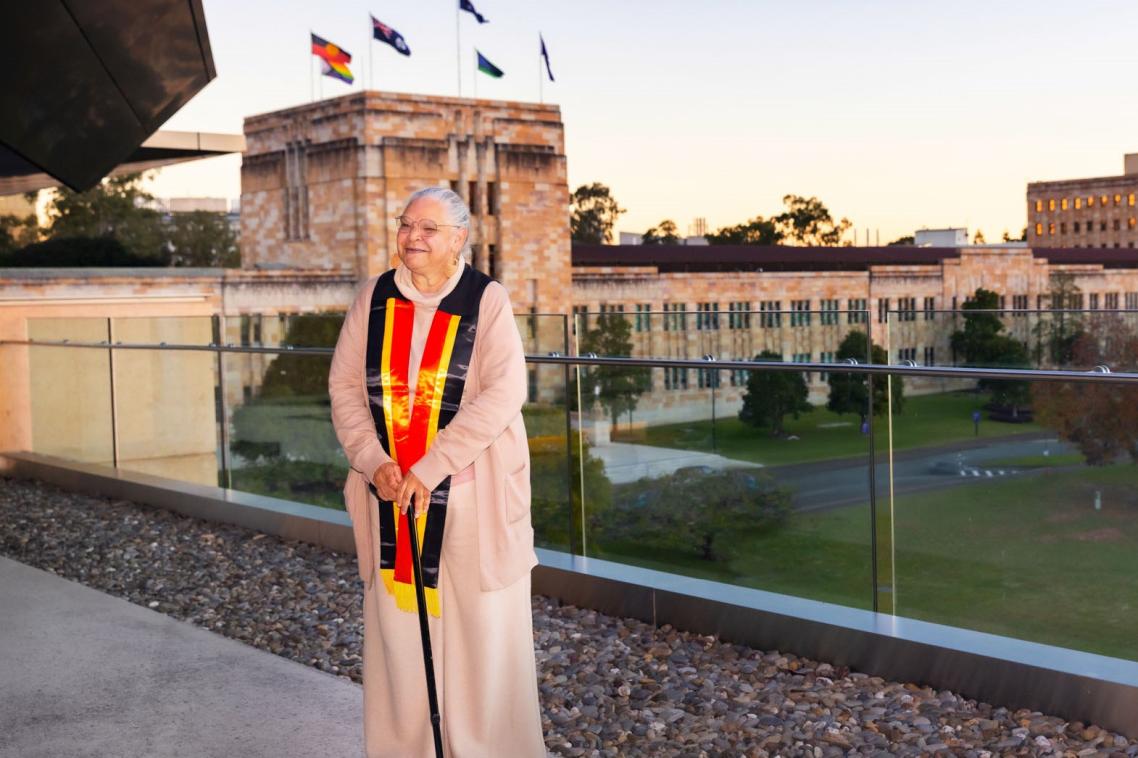Sailors leave ancient "fingerprints" across Polynesia

A long-standing debate on the colonisation process of Oceania has been put to rest with new research finding Polynesia was deliberately settled in one of the greatest maritime migrations in human history.
The University of Queensland research used chemical fingerprinting on stone tools to show sailors travelled throughout the Polynesian islands for several centuries after colonisation.
UQ School of Social Science researcher Professor Marshall Weisler said tools were taken to the Cook Islands from across the eastern Pacific from as early as AD1300.
“Early Polynesians were mariners at the top of their game, bringing all the necessary items to settle and found a new colony,” he said.
“By geochemically fingerprinting exotic stone artefacts from a well-dated archaeological site in the Cook Islands, we have demonstrated that the geographical voyaging network extended beyond the Cook Islands to include the Austral, Samoa, and Marquesas archipelagos — up to 2400 km in distance.”
The research found that voyaging between the Polynesian islands lasted from about AD1300 to the 1600s, suggesting that long-distance interaction continued to influence the development of social structures in East Polynesia well after initial colonisation.
Field work for the study was directed by Professor Patrick Kirch (University of California, Berkeley), and conducted on Mangaia Island in the Southern Cook Islands. It was here that the tools – stone adzes –were found at the Tangatatau Rockshelter.
"We've been able to show that the Tangatatau site was occupied around mid-1200s AD, and there were several 100 years of post-colonisation interaction," Professor Weisler said.
"This provides very solid evidence that not only was settlement purposeful, people were maintaining interaction after colonisation by sailing to all these distant archipelagos," he said.
Professor Weisler said stone adzes were commonly found in most archaeological sites throughout the region.
“It was used for shaping canoe hulls, bowls and other artefacts, felling trees for forest clearance, and fashioning planks and posts for house construction, and was an essential tool in Polynesian societies,” he said.
“Ownership of an adze from a distant island such as the Marquesas could have been a status symbol, but this tool was probably not the only item of high significance that was traded.

Professor Weisler said the trading showed the colonies were part of an integrated society, suggesting that boundaries between west and east Polynesia may not have been as rigid as previously thought.
The research has been published this week in the US Proceedings of the National Academy of Sciences journal.
Media: Professor Marshall Weisler, m.weisler@uq.edu.au, 07 3720 9223.
Topics
Related articles
“Art Museums are the site of public forum.”

Finding a “little language family”
Media contact
UQ Communications
communications@uq.edu.au
+61 429 056 139
